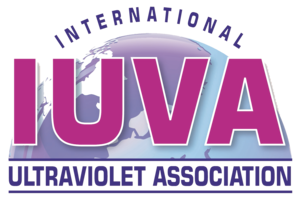In book: Innovative Food Science & Emerging Technologies
This study compared the inactivation efficacy and performance of UV-LEDs emitting at 259, 268, 275, 289, and 370 nm against a low pressure mercury lamp at 253.7 nm for the foodborne pathogens, E. coli, Listeria and Salmonella. Action spectra were determined for three pathogenic and three non-pathogenic strains and compared with UV absorbance of their bacterial DNA. The lethality of UV wavelengths correlated with bacterial DNA absorbance. At an equivalent UV dose (7 mJ·cm−2), UV-LEDs emitting at 259 and 268 nm achieved the highest log count reductions out of the tested wavelengths. Refrigeration (4 °C) increased irradiance of the 268 nm UV-LEDs while not affecting reduction of Listeria compared to 25°C. Combining 259 and 289 nm UV-LED wavelengths at an equivalent UV dose had a synergistic effect on reduction of E. coli and Listeria, yielding a 1.2 and 0.6 log higher reduction, respectively, than the expected additive effect.

I scanned and uploaded this book to the Internet Archive 600dpi colour for anyone interested: https://archive.org/details/applications-of-germicidal-erythemal-and-infrared-energy-by-matthew-luckiesh